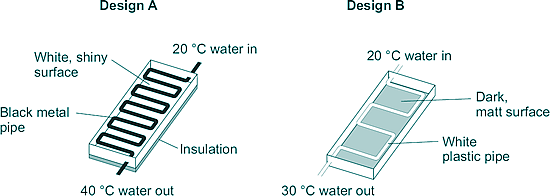How Do Solar Panels Work Gcse
Solar panels do not generate electricity but rather they heat up water.
How do solar panels work gcse. Here are the main steps for how solar panels work for your home. The most common material used in pv panels is silicon. The solar cells that you see on calculators and satellites are also called photovoltaic pv cells which as the name implies photo meaning light and voltaic meaning electricity convert sunlight directly into electricity. Simply put a solar panel works by allowing photons or particles of light to knock electrons free from atoms generating a flow of electricity.
Solar panels work by using incoming photons to excite electrons in a semiconductor to a higher energy level. It s an idea that has been around for well over a century. Solar panels do not generate electricity but rather they heat up water. Electricity flows through your home.
Solar panels actually comprise many smaller units. The diagram outlines how. In 1839 french scientist edmond becquerel discovered that certain materials would give off sparks of electricity when struck with sunlight. When exposed to light it releases electrons that move into an electrical circuit.
They are often located on the roofs of buildings where they can receive heat energy from the sun. But the hotter the panel is the greater the number of electrons that are already in the excited state. Solar power turns energy from sunlight directly into electricity using photo voltaic pv cells. Cold water is pumped up to.
They are often located on the roofs of buildings where they can receive heat energy from the sun. Solar photovoltaic pv panels are based on a high tech but remarkably simple technology that converts sunlight directly to electricity.











































